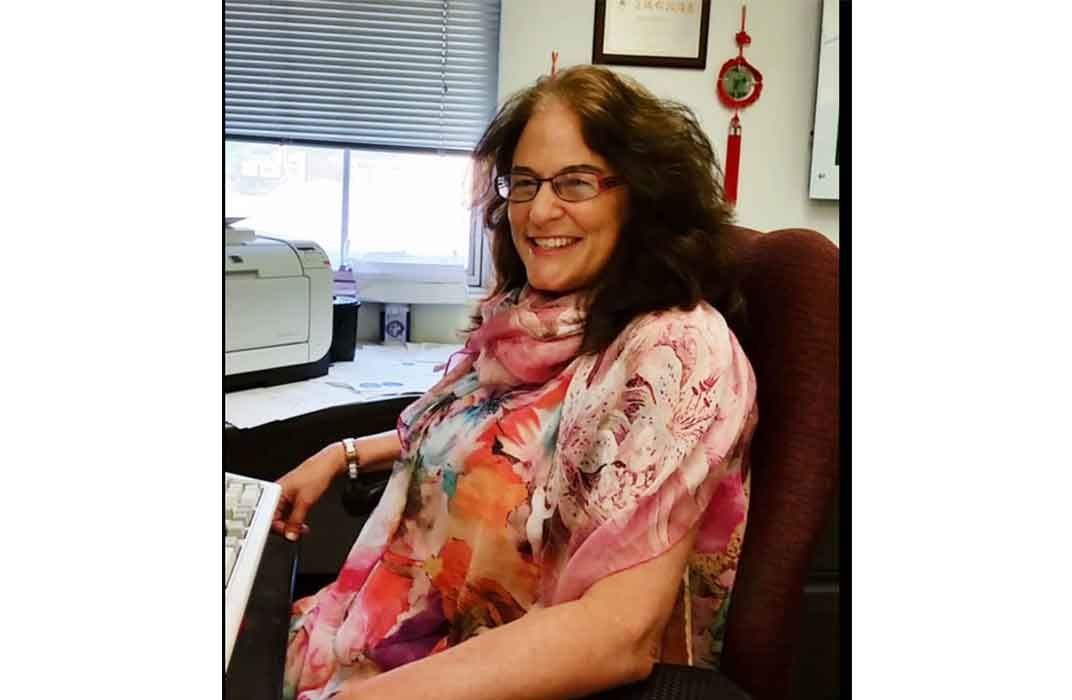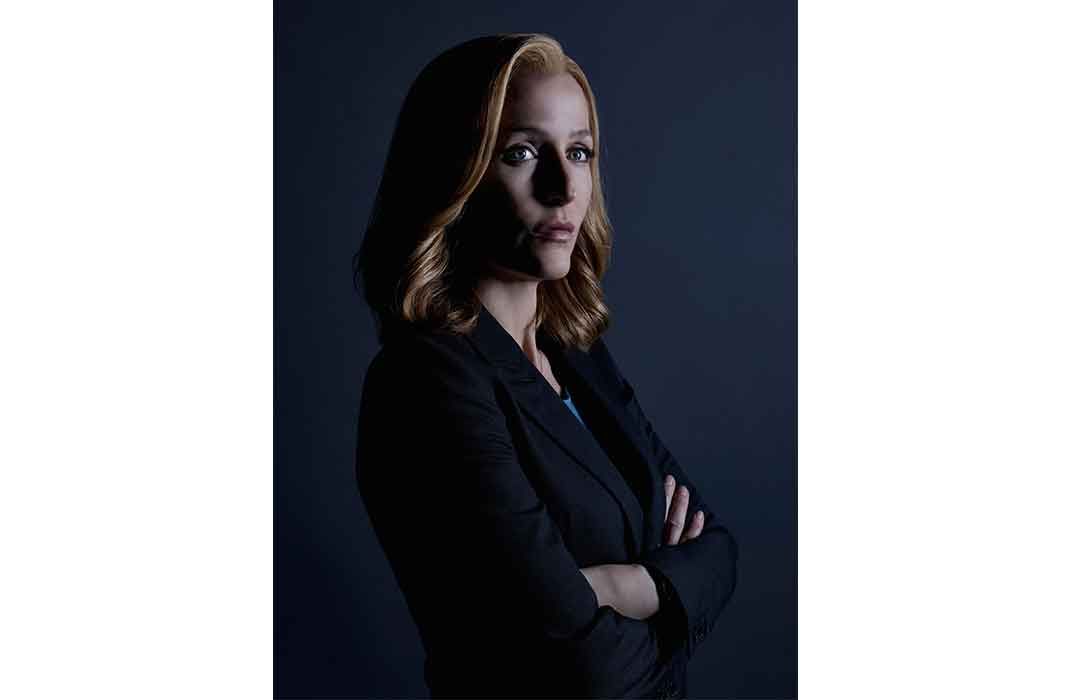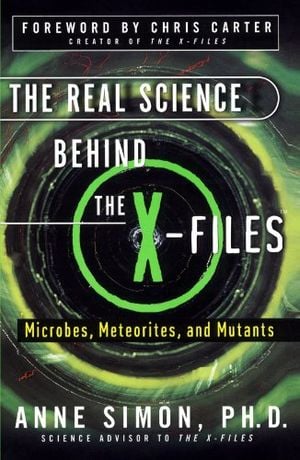I Want to Believe (In the Science of “The X-Files”)
In some scenes, the television show is theater of the absurd, but in others, you can bet the science is solid with biologist Anne Simon on the job
:focal(536x173:537x174)/https://tf-cmsv2-smithsonianmag-media.s3.amazonaws.com/filer/90/fa/90faab65-3a14-4771-84d7-cdd0aa14eb7a/fin05xfilesprshotfinalhires1web.jpg)
Scientist Anne Simon wants to believe. In the paranormal, in another new season of “The X-Files,” in the hope that GMOs can feed and cure the world.
But the accomplished biologist knows that there is a difference between wanting to believe and actually believing. “I think everyone wants to believe that there's more than just the existence that we see here,” says Simon, who is the author of the 2001 book, The Real Science Behind The X-Files: Microbes, Meteorites and Mutants. “Like everyone else, I think it would be wonderful if some of the science fiction that you read becomes fact some day. But do I believe? I don't think there's evidence for it. As a scientist, I keep an open mind.”
Chris Carter, creator of the recently revived “X-Files,” has called on Simon since 1993 when he needs to employ scientific fact in a script. Carter was a family friend (Simon's father was a screen writer), “I was such a big fan of the show,” she says. “I hadn't realized that the Chris Carter I'd known for years was the same Chris Carter who made the show. Chris was working on the last episode of the first season [“The Erlenmeyer Flask,” which introduced experiments with alien DNA that have continued to be a major element of the show], so I helped him a lot with that episode. All of the science in that episode came from me.”
Simon is a featured Smithsonian Associates speaker this month and will be discussing how science plays a role in the highly acclaimed show at the Hirshhorn Museum on March 6. “I'm going to start out by talking about how I got involved,” she says. “I will show pages of the original script and how we went through corrections. I'll talk about some funny stuff with making the movie. And then I'll talk about the science behind the sixth episode [of the latest season]. But you don't even have to know “The X-Files” to come and get something out of it. It's very funny.”
Like the main characters in “The X-Files,” Simon knew that associating her name with the paranormal could be a career risk. So in spite of being thrilled to help with the scripts for her favorite TV show, she didn't tell anyone about it for years. “The last thing you want is for people to be discussing, 'well she's doing this stuff for The X Files.' I was worried that I would have trouble getting grants or getting published,” she says. “Seeing my name in the credits [of the new show], it made my heart jump. To see that actually on the screen.”
Simon sees an important line between the type of paranormal fiction that is clearly fantasy and plot elements that may appear to be real science. “It's important to get accurate science in the shows because people don't know the difference between good science and inaccurate science,” she says. “Cryogenically preserved heads communicating with each other, that's just absurd. Nobody sees that and thinks it is real science. What I would have a problem with would be if they depicted GMO food making people sick.”

In 1998, The National Academy of Sciences created The Science and Entertainment Exchange. This organization connects scientists like Simon with the entertainment industry in order to help them to represent real science in film, television and video games. Their volunteers have assisted with over a thousand projects ranging from “The Avengers” to “House.”
“We are a bridge between two disparate communities with a goal of fostering new relationships and more science based content in mainstream media,” says Rick Loverd, director of The Exchange. “We work to inspire filmmakers to rewrite the script when it comes to stereotypes about science, scientists and engineers in mass media.”
An X-Files episode like “The Host,” which was about a human who has been transfored into a murderous parasite, illustrates Simon's contributions. Chris Carter's dog had recently gone through a roundworm infection, inspiring the concept of the villain “flukeman” that would be half human, half parasitic fluke worm. But Carter only had a vague idea that this could have been caused by radioactivity from Chernobyl, which risked putting his show in the league of “Teenage Mutant Ninja Turtles.” Simon explained the concept of chimerical organisms. In real life, chimeras as complex as a blend of sheep and goat cells have been brought to full term and lived long lives. “At least on a cellular level, for some period of time, you can even get a plant cell and a mammalian cell to fuse and function,” Simon said. This enabled a scientific rationale for “flukeman.”
“There are some things that are a little problematic because some people think you are portraying bad science,” says Simon. “Like in episode six [of season ten in which a smallpox vaccine appears to have been used in an attempt to wipe out most of humanity] people say 'you're making people afraid of vaccines!' But if you think that people are going to avoid vaccinating their kids because of imaginary aliens doing things on a TV show, that is just ridiculous. There isn't any hope to begin with for anyone that dumb.” It may help that the smallpox vaccine, depicted on the show as carrying alien DNA by way of a virus, is rarely given to civilians since the eradication of smallpox in 1980. The plot point of using a virus to edit the genes of unsuspecting civilians came from Simon.
She hates bad science. The virologist and biology professor at the University of Maryland has spent years working with plant viruses (her most recent paper is entitled, “Multiple Alternate Conformations in an RNA Element Regulate Programmer Ribosomal Readthrough in Turnip Crinkle Virus”). Her experience working with DNA and plants has led her to a personal crusade in support of genetically modified food.
“People from organic food companies are saying things about GMOs that are just wrong. This stuff about GMOS on social media is just lies. . . This is the only way that they can make money. We've got three to six million children dying each year so that they can make profits. You've got something like golden rice that can alleviate tens of thousands of cases of blindness each year from vitamin deficiencies. And they are fighting tooth and nail to stop access to golden rice and children are dying because of it. People are basing their opinions on fake, retracted data. We're basing ours on peer-reviewed studies. Who should you believe?”

One of the things that initially set “The X-Files” apart from previous television shows was the emphasis on science through the character of Dr. Dana Scully. Scientists on television had typically been caricatured as nerds wearing bowties rather than as heroes. Scully became a role model for a generation of young girls, who later pursued academic study in the sciences. The results became famously known as the “Scully effect.”
“I asked my class, this was probably in 1999, if anyone was influenced to be here by ‘The X-Files,’” Simon recalls. “Two-thirds of the hands went up. I still get email from people who say that they read my book because they liked “The X-Files,” someone bought the book for them, and then they couldn't put it down. And they say 'I want to be a scientist now!'”
A combination of her success as a scientist and her appreciation for the Scully effect eventually led Simon to reveal publicly her science advisory role on “The X-Files.”
“The first time I was in the credits was the movie,” she said. “He wanted to put 'Dr. Anne Simon', I didn't want him to put 'doctor.' One of the things you are supposed to do at a university is outreach and this is a form of public outreach. I just don't think that this title that I have is meaningful. Doctor Anne Simon is the scientist. Anne Simon is the science adviser.
There has been no official announcement about whether an 11th season will pick up where the recent cliffhanger left off. But she is hoping. “I believe it will happen,” she said. She is already pitching science to work into the plot. “I email [Chris Carter] science articles and information every day. He loves it.”
/https://tf-cmsv2-smithsonianmag-media.s3.amazonaws.com/accounts/headshot/JacksonLanders.jpg)

/https://tf-cmsv2-smithsonianmag-media.s3.amazonaws.com/accounts/headshot/JacksonLanders.jpg)